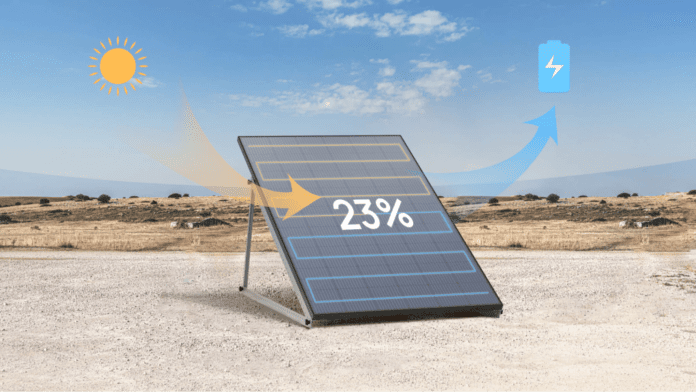If you’re considering installing a solar array to power your home, you will most likely find that 400-watt solar panels are the best choice. They offer an optimal balance of power output, affordability, and efficiency, making them one of the most popular choices for residential solar systems.
Solar panels come in all shapes and sizes, from tiny 1-watt panels to 400-watt rigid panels. Here, we’ll explore what you can do with 400 watts, generally the highest rated power output in residential solar panels.
With enough 400W solar panels, solar charging, power, and storage capacity, you can run any consumer appliance — or even your whole home.
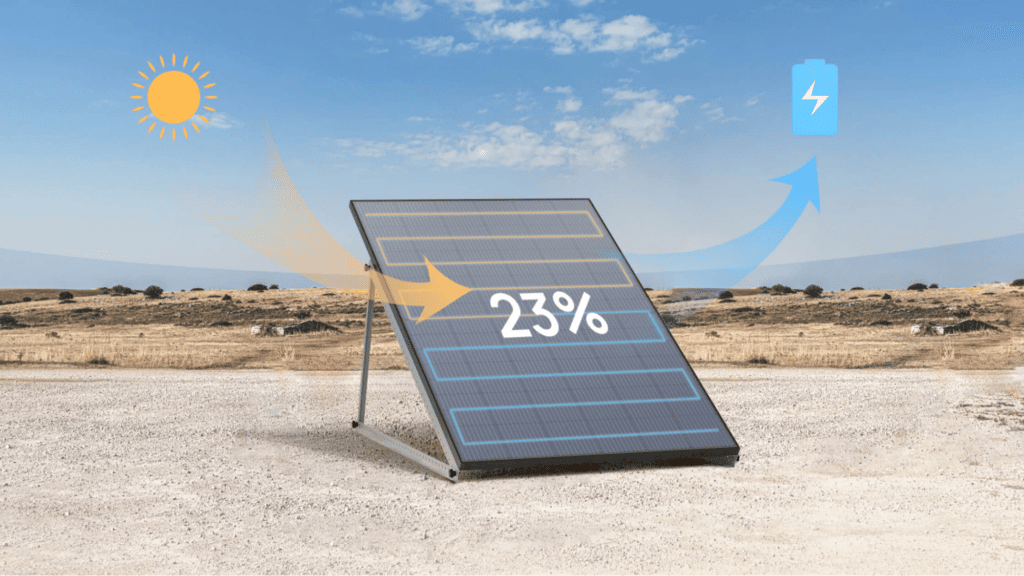
How Much Electricity Does a 400-Watt Panel Produce?
Under optimal conditions, a 400-watt solar panel can generate approximately 1.6 to 2.4 kWh of electricity per day. Achieving this level of electricity output assumes ideal environmental conditions and 4 to 6 hours of peak sunlight.
The rated power of a solar panel is determined using Standard Test Conditions in a laboratory. It indicates the maximum amount of electricity a PV panel can produce in one hour. Ideal conditions rarely exist in the real world, and your actual electricity production will vary based on location, climate, panel placement and angle, among other external factors.
Here are some of the most common factors that impact a solar array’s electricity production.
- Location: The geographical position of your home directly affects the amount of sunlight it receives. Areas closer to the equator generally have more peak sunlight hours, leading to higher electricity production.
- Climate: Overall weather conditions and seasonal variations significantly impact solar energy generation. Cloudy or overcast days can reduce the amount of sunlight reaching the panels, leading to lower electricity production. Similarly, regions with high dust or air pollution levels may also experience reduced efficiency.
- Solar Panel Temperature: Contrary to what you may expect, solar panels actually perform best at temperatures of 25°C (77°F) or less. As your panels heat up beyond that threshold, the amount of electricity they can produce declines.
- Panel Angle and Orientation: The angle or tilt of the solar panel and its orientation can significantly impact electricity production. If possible, it’s best to tilt the panel at an angle equal to the location’s latitude for maximum efficiency. South-facing orientation is best for panels in the Northern Hemisphere, and north-facing orientation is more effective in the Southern Hemisphere. Position your panels to receive the maximum amount of direct sunlight throughout the day.
- Debris and Shade: Factors like tree overhang; shadows cast by other buildings; build-up of debris or snow; and other conditions you can’t always control can prevent the solar panel from producing its maximum rated power.
Consider how you can mitigate the negative impact of the factors above to get the most out of your solar panels.
400-Watt Solar Panel Specifications
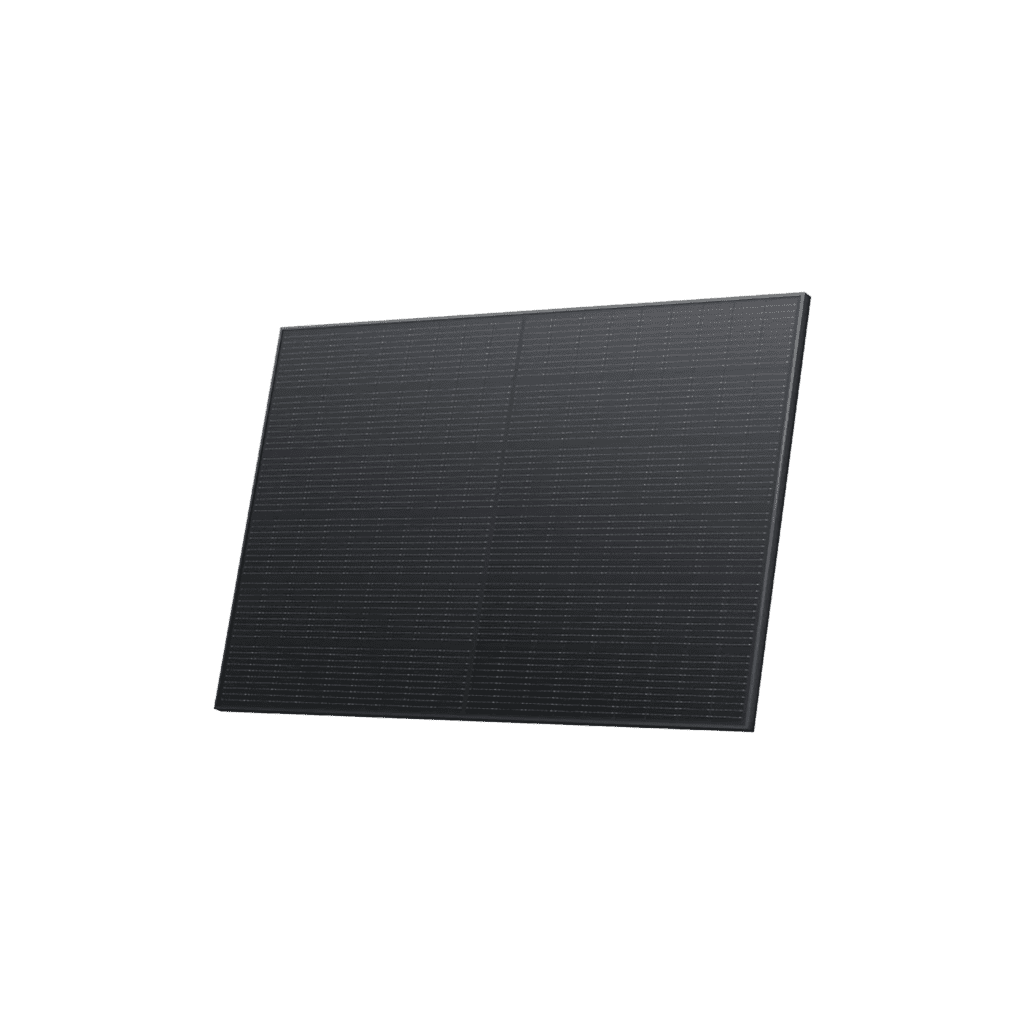
EcoFlow 400W Rigid Solar Panel
The EcoFlow 400W Rigid Solar Panel is ideal for a residential solar array. The rated power is the standard output rating for a rooftop-mounted solar panel, as it’s the perfect balance of size and power output.
With a 23% efficiency rating, this panel will make the most of your roof’s surface area. The panel works for on-grid or off-grid solar solutions. The aluminum frame and IP68 waterproof rating ensures a long lifespan (often 25 years or more) and reliable performance. Each panel can produce hundreds of kilowatt hours of electricity per year, lowering your utility bills and reducing (or even eliminating) your reliance on fossil fuels.
Specifications
- Weight: 48.1 lbs (21.8 kg)
- Dimensions: 67.8 x 44.6 x 1.38 in (172.2 x 113.4 x 3.5 cm)
- Rated Power: 400W
- Open Circuit Voltage: 37.10V
- Efficiency: 23%
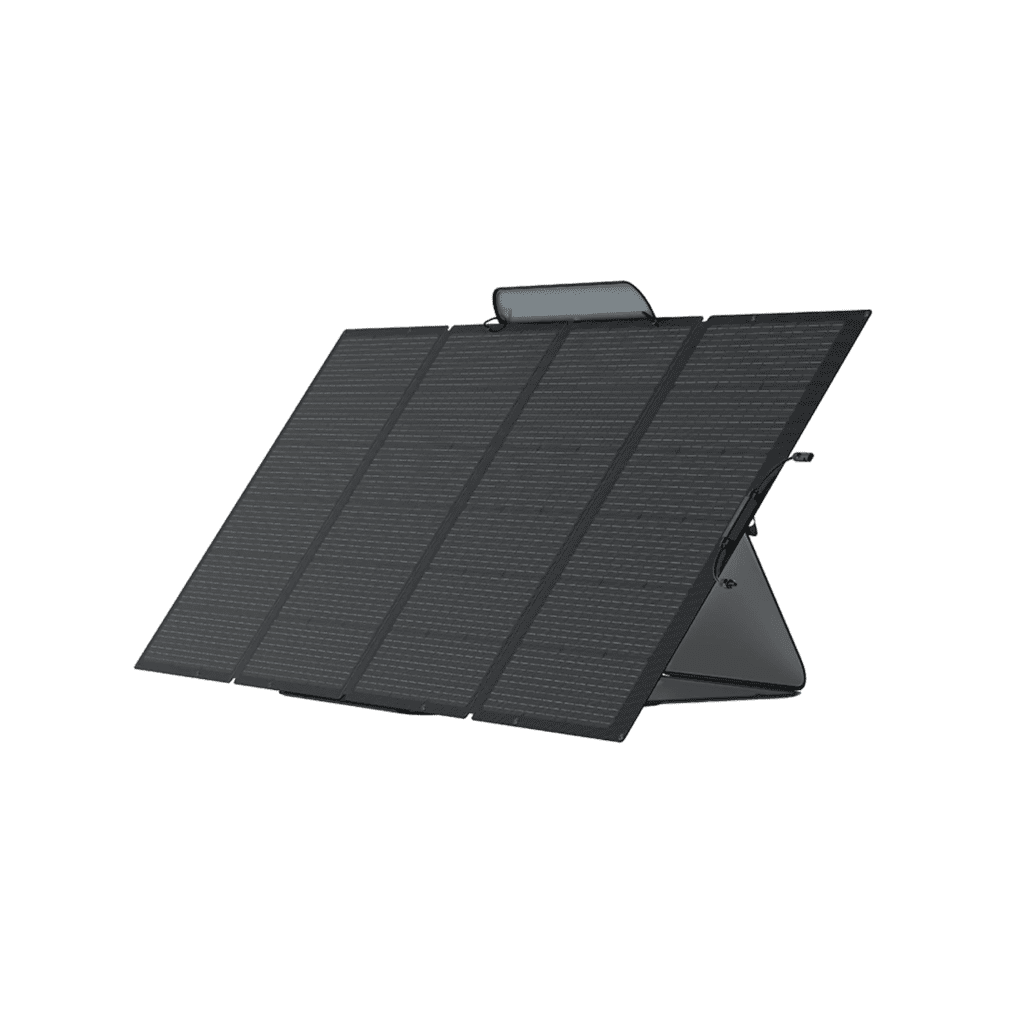
EcoFlow 400W Portable Solar Panel
The EcoFlow 400W Portable Solar Panel is the on-the-go version of the rigid model. The panel folds down to around 25% of its full size and fits into a carrying case. The case also doubles as an adjustable kickstand, making it easy to adjust the tilt angle to maximize sun exposure over the course of the day.
Like its rigid counterpart, this panel features an IP68 waterproof rating, making it highly resistant to harsh weather. This portable panel is perfect for camping, backpacking, or RV trips. Its compact, lightweight, and durable construction makes it easy to carry or store when you’re traveling off-grid.
Specifications
- Weight (Solar Panel Only): ~ 35.3 lbs (16.0 kg)
- Weight (Including Case): ~ 41.9 lbs (19.0 kg)
- Dimensions: 42.0 x 94.1 x 1.0 in (106.8 x 239.0 x 2.4 cm)
- Rated Power: 400W
- Open Circuit Voltage: 48V (Vmp 41V)
- Efficiency: 22.40%

Which Appliances Can a 400-Watt Solar Panel Run?
A single 400-watt solar panel can power most devices and small appliances, including:
- Smartphones
- Laptops
- Lights
- Televisions
- Fans
For example, the average smartphone has a battery capacity of around 15 Wh. Since a 400-watt panel can produce 1.6 kWh per day, one panel could charge over 100 smartphones daily!
With several 400-watt panels connected into an array, you can run almost any appliance, including:
- Refrigerators
- Washing Machines
- Dryers
- Dishwashers
- Air Conditioning Units
For instance, a home dryer might draw 2 kW of energy per hour to run (2 kWh). To power a dryer for 1 hour, you need at least two 400-watt panels, each producing 1.6 kWh daily.

It’s crucial to understand that with very few exceptions, solar panels can’t power appliances or provide electricity on their own. The sunlight that PV panels capture must be converted and stored as household electricity. Solar panels must be connected to a portable power station or other balance of system.
Equally important to note, you can’t just connect an endless number of solar panels to a portable power station. With off-grid solar power solutions, you’re limited by the solar charging capacity of your balance of system.
For example, EcoFlow’s RIVER 2 Series of portable power stations, designed for use on the go, have a starting solar input capacity of 110W for the RIVER 2 and a maximum of 220W for the RIVER 2 Pro. You can pair the RIVER 2 with a 110W portable solar panel and the RIVER Pro with a 220W bifacial solar panel, but neither will support a 400W panel — rigid or portable.
For more robust off-grid power solutions and whole home generators, EcoFlow’s Power Kits and most DELTA portable power stations are compatible with 400W solar panels. A DELTA Pro home backup Advanced Kit can support up to 3200W of solar charging — that’s eight 400W solar panels.
With a setup like that, you can achieve energy independence and power your whole house.
How Many Amps per Hour Can You Expect From a 400-Watt Solar Panel?
The amps per hour a 400-watt solar panel can generate depends on the panel’s voltage.
To calculate the current (amps) produced, use this formula:
Current (amps) = Power (watts) / Voltage (volts)
A standard solar panel has a voltage output of around 18-48 volts under normal operating conditions. Let’s assume that a 400-watt panel operates at 48 volts:
Current (amps) = 400 watts / 48 volts = 8.33 amps
So, you can expect a 400-watt solar panel to produce around 8.33 amps per hour under ideal conditions (peak sunlight and optimal temperature). Remember that real-world conditions—such as shading, panel orientation, and temperature fluctuations — will affect the actual current output.

How Many 400-Watt Panels Does It Take to Power a House?
The number of 400-watt solar panels it takes to power a house will depend on the location and energy usage of the home. Once we have these numbers, we can do a simple calculation to determine the number of panels.
Assuming 4 hours of peak sun and optimal conditions, a 400-watt solar panel can produce 1.6 kWh daily or about 584 kWh per year. In 2021, the average annual electricity consumption in the U.S. was just above 10,600 kWh.
So, we can follow this formula to determine the number of panels:
# of 400-watt Panels = Average Energy Usage (kWh) / Annual Output of One Panel (kWh)
Let’s plug in our numbers:
# of 400-watt Panels = 10,600 kWh / 584 kWh = 18.15 panels
A house with 10,600 kWh of annual energy usage would need at least 19 panels to supply power to the entire home.
This figure is just an estimate, and the actual number of solar panels you require will vary depending on your exact energy usage and location. For example, homes in areas with more sun hours will require fewer solar panels. Typically, a family that consumes more electricity must install more panels to meet their needs.
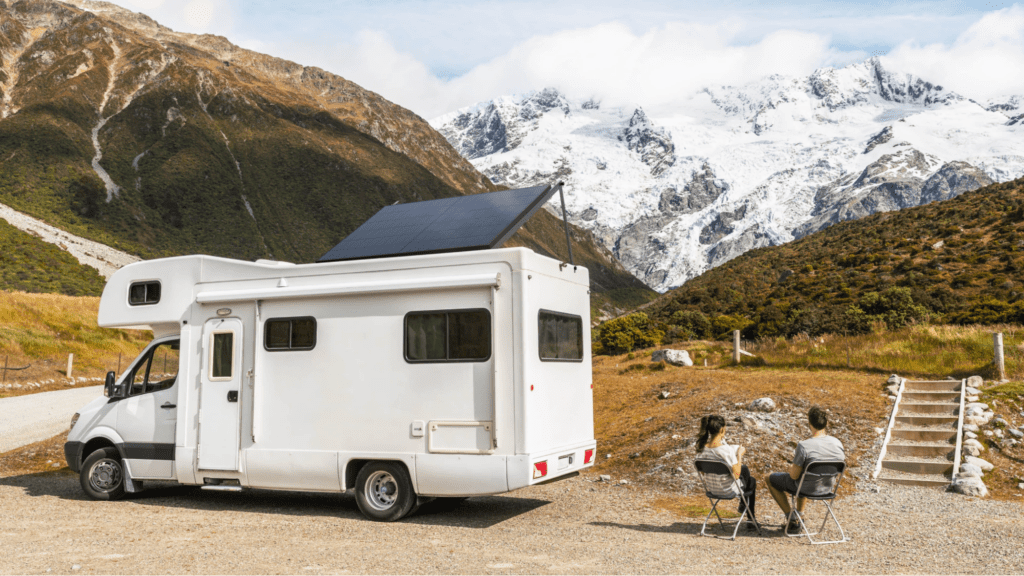
Frequently Asked Questions
You need a portable power station or an inverter and balance of system rated for at least 400 watts of solar input to utilize a 400-watt solar panel. The more electricity you consume, the more panels, power output, storage, and solar charge capacity you’ll need. For instance, running a refrigerator typically requires a 1,500w inverter at minimum.
Final Thoughts
Paired with the right portable power station, a 400-watt rigid or portable solar panel can power over 90% of home appliances.
By connecting enough 400W panels, you can power your whole house, eliminate your electricity bills, and do your bit for the planet by moving towards a more sustainable future. Check out EcoFlow for best-in-class solar power solutions, including 400-watt solar panels and portable power stations.







